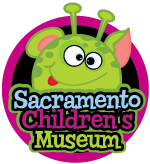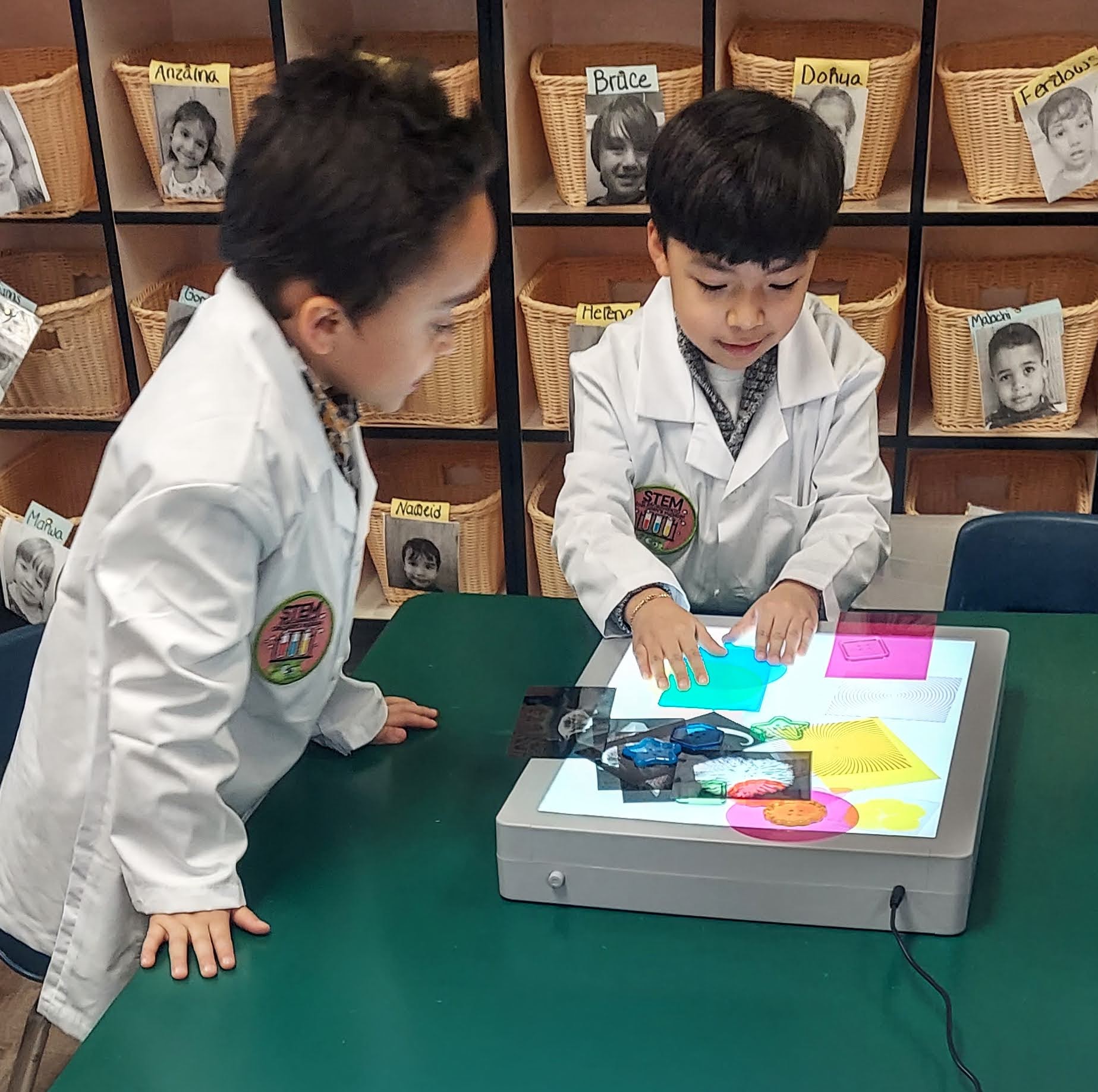While front-of-house teams at children’s museums focus on offering the public non-digital, hands-on experiences, teams in the back offices are experiencing the opposite. AI has entered the marketing mix in innumerable ways – writing aids, content planning, audio captions. However, the debate really heats up when we discuss one critical, basic aspect: photography.
Children’s museums use photography in a myriad of ways, all meant to show the educational and fun offerings of their spaces. These photos are usually collected in-house with designated models or collected with parental permission. Increasingly, that permission is not granted – parents have seen the headlines, and know of the dangers of having pictures of their children posted online, or want to give them a ‘clean slate’ when it comes to their digital identity. Of course, museums don’t intend to add to any child’s risk; there’s just no telling when a photo could be screenshot and used elsewhere. Could using AI photos fill the gap left if usable photos of real children are decreasing?
To create realistic photos, AI generators are filled with thousands of images, learning patterns, shapes, and gathering data. When you type in ‘little boy playing with blocks’, the program pieces together bits of each element from its database and presents a finished photo. Hence, every bit is ‘real’, but the finished image is not. There is an absence of a ‘real’ child for nefarious users to target, and a few more benefits: the unpredictability of photographing children in action is nonexistent, scenes and elements not yet installed can be visualized, and the imagination is the limit. They often contain mistakes, but that is decreasing as technology improves. What can AI use look like in practice?
The Sacramento Children’s Museum used its first AI image to market our current exhibit “Play Around the World”, our installation from the Freeman Foundation and Association of Children’s Museums’ Asian Culture Exhibit Series. I wanted to allude to the section teaching about South Korea’s Haenyo divers, and while playing with ideas on Canva, generated a photo of a boy diving, with bright fish around him matching the colors of the campaign. It got greenlit and is now used for marketing the exhibit – we’ve received no comments saying it was different from the others, and guests very likely cannot tell. Look at the four images below – can you?
Whether you can tell a photo is generated or not, AI photography has vast implications for the marketing mix of children’s museums. This subject branches off into a million directions, each a conversation worth having. Some food for thought and discussion:
- What are the new implications of using generated content created from bits of real photos?
- What will caregivers and stakeholders think? Would it increase images with an ‘Uncanny Valley’ effect?
- Do the benefits or detriments change for generated audio and video content?
- How can we make sure AI content represents the diversity of museum attendees?
- How will discussions evolve as AI technology improves?
Are you a pro at spotting AI images? Test your skills below!




Stumped? Trick question – these are all AI generated images!


